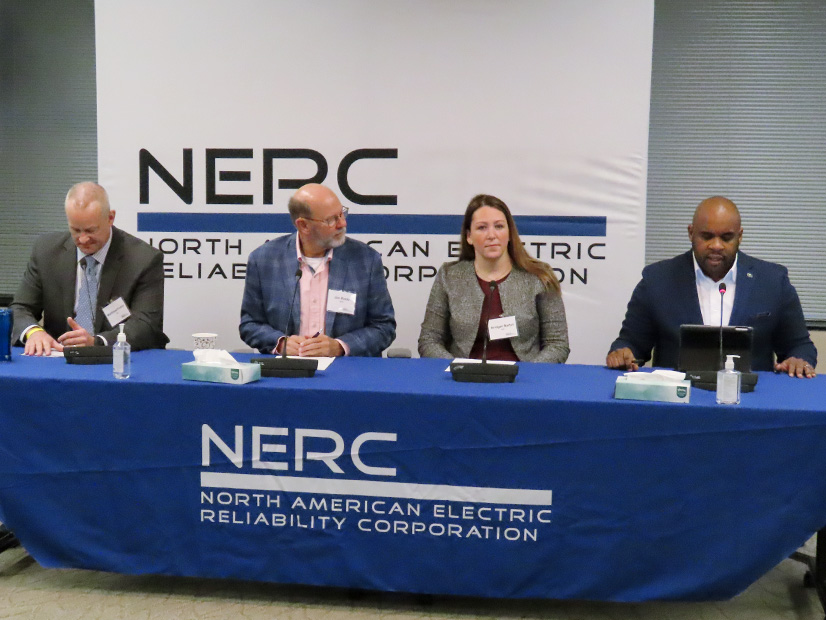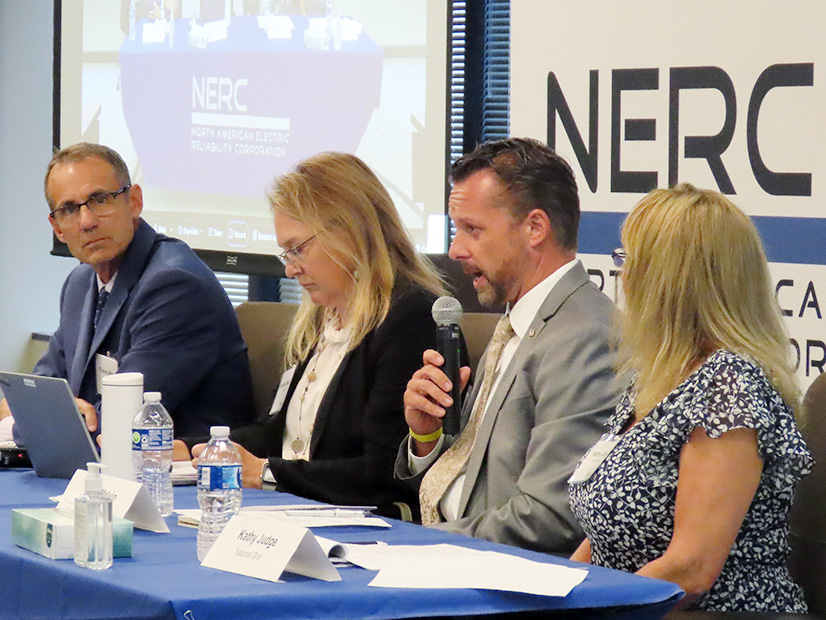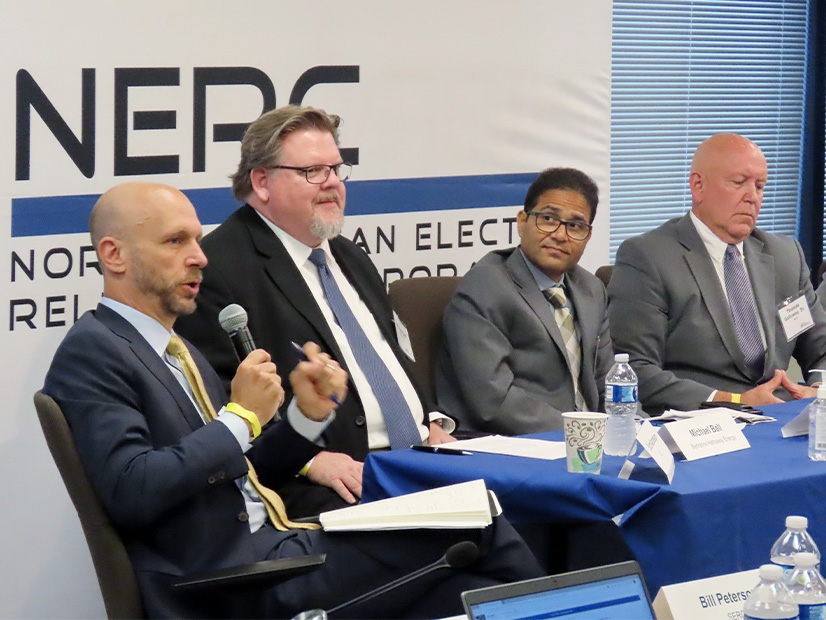ISO-NE proposed a 21.5% increase in its revenue requirement for 2024 last week, citing the need to retain and expand its workforce to enable the clean energy transition. The RTO presented the $244.5 million operating budget and $35 million capital spending plan to the NEPOOL Budget and Finance Subcommittee on Friday.
In response to the proposed increase, some public advocacy groups have criticized the RTO for a lack of transparency and engagement with the public on its budget process, arguing that these issues indicate a lack of accountability to ratepayers.
“I don’t see it as reasonable that New England ratepayers are minting new millionaires every year at ISO-NE, and we don’t even have the ability to question those financial packages,” said Tyson Slocum, director of Public Citizen’s Energy Program. “Thousands of New Englanders who are really struggling to make ends meet with continued rate hikes across the region are shut out of the process. They can’t go and share their grievances; they’re literally locked out of the room.”
ISO-NE first proposed a preliminary version of the budget to the Participants Committee (PC) in June. (See ISO-NE Considers Major Capacity Market Changes.) The RTO said it needs $27 million for “catch-up” adjustments to current employee salaries and investments in information technology, cybersecurity and the transition to cloud-based infrastructure; $11.5 million for the revenue requirement true-up; and almost $10 million for 35 new employees to respond to the clean energy transition.
“Our executive compensation structure is designed to attract and retain top-tier talent essential to overseeing the complex energy landscape and ensuring the reliability of the regional power grid,” an ISO-NE spokesperson told RTO Insider. “We regularly review and benchmark our executive compensation against industry standards to ensure it remains competitive, fair and aligned with our performance goals.”
The draft budget also includes a placeholder headcount for a position focused on environmental policy and community engagement, following the request by five of the six New England states (all but New Hampshire) for an executive-level environmental justice position at the organization. (See States Call for an Executive-level EJ Position at ISO-NE).
Mireille Bejjani of environmental justice organization Slingshot applauded the inclusion of this position and the addition of staff and resources dedicated to the clean energy transition.
“I think the key distinction is, are we paying existing leadership — who are already making a lot of money — even more money, or are we paying for more staff to be able to accelerate the clean energy transition?” Bejjani asked.
According to ISO-NE’s 2021 IRS Form 990, ISO-NE CEO Gordon van Welie made about $2.4 million in 2021, while COO Vamsi Chadalavada made nearly $2 million. Meanwhile, salaries for members of the Board of Directors working about 10 hours per week ranged from $113,000 to $173,000.
The 2024 draft budget includes $5 million for the base salaries of the 11 officers, a roughly 6% increase over the $4.7 million requested in 2022. ISO-NE executives also make a significant portion of their total income outside of their base salary; van Welie and Chadalavada both made more in bonus and incentive compensation than in their base salaries in 2021.
“Especially this past winter, lower-income communities were hit really hard with rate increases and having to potentially choose between paying their electric bills and putting food on the table,” Bejjani said. “If those bills go up even a small percentage per month, that can make a huge impact on lower income communities, just to pad the pockets of people who are already making well over six figures a year for not very much work, in the case of the Board members, and for [van Welie] and the other top leadership, upwards of a million dollars.”
ISO-NE estimated that the budget increase would cost the average ratepayer 28 cents per month, bringing ISO-NE’s total charges to around $1.46 per consumer per month, or about $18 each year, assuming an average monthly electricity consumption of 750 kWh. The presentation said ISO-NE’s total operating expenses were on the lower end compared to NYISO, CAISO, IESO, PJM, MISO, SPP and ERCOT.
Slocum said since ratepayers pay ISO-NE’s cost regardless of performance, they must be given access to the RTO’s budgetary proceedings. He also argued that bonus compensation should be more transparently tied to performance.
“It doesn’t seem just and reasonable to pay such extravagant salaries and bonuses with no corresponding accountability,” Slocum said.
Beyond executive compensation, the proposed budget includes about $300,000 for state-level lobbying and $100,000 for federal lobbying, paid to external consultants. Over the first half of this year, ISO-NE spent $60,000 on federal lobbying, employing former Bush administration official Adam Ingols. ISO-NE also spent $45,000 on its Massachusetts lobbying operation.
ISO-NE plans on reviewing the proposed budget at the September PC meeting, followed by a PC vote in October.


